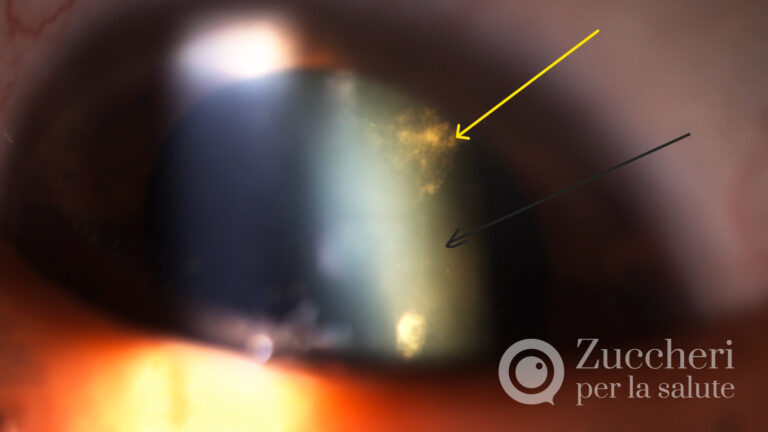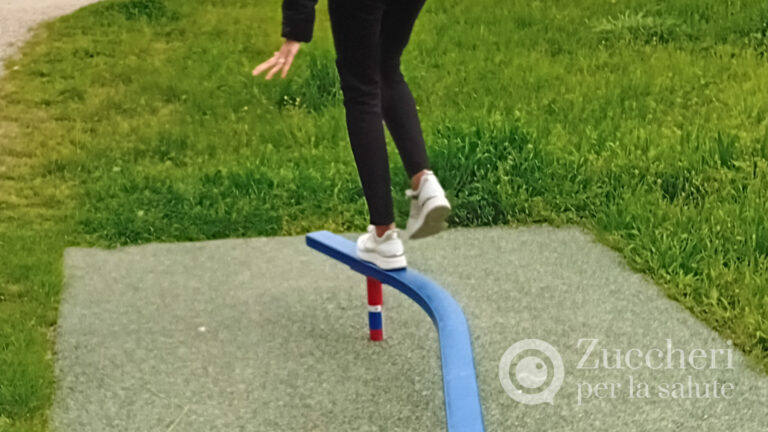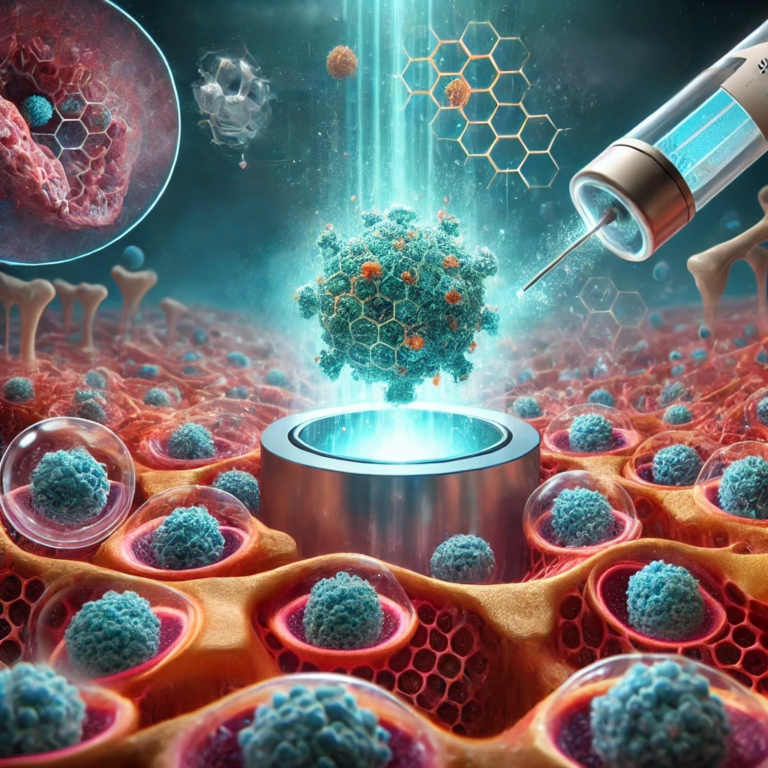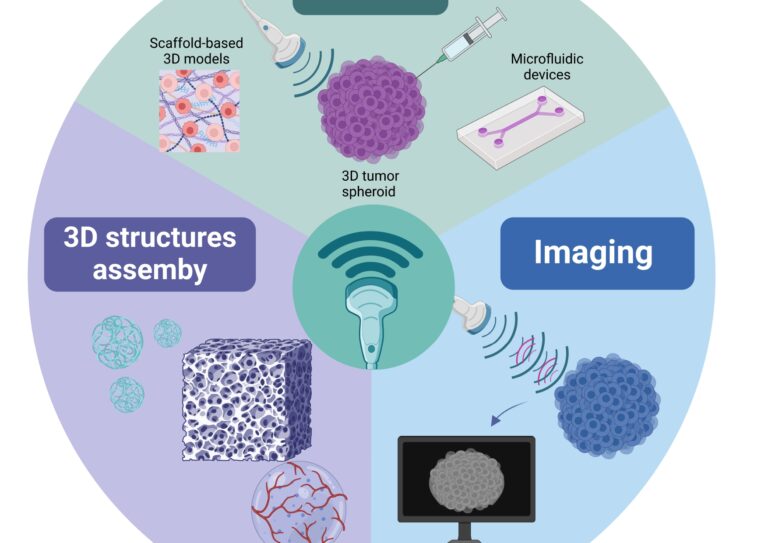-
2Se mentre passeggiamo in un parco, proviamo a cimentarci con qualche attrezzo ginnico, potrebbe capitare che uno di questi sia…Potentially useful insights without AI (AI free)29 September 2024
-
2The race of research to obtain new therapeutic paths in Medicine, especially for tumor diseases, sometimes takes on a spasmodic…English Version25 August 2024
-
2La corsa della ricerca per ottenere nuovi percorsi terapeutici in Medicina, soprattutto per le malattie tumorali, talora assume un ritmo…Future outlook14 August 2024
-
3Gli Ultrasuoni (US) sono onde pressorie acustiche che non sono percepite dall’orecchio umano e si diffondono nei tessuti che compongono…Future outlook8 August 2024
-
4Le terapie antitumorali a volte producono effetti avversi significativi sugli occhi [1,2], che possono danneggiare la vista del paziente a…Therapies and treatment methods4 July 2024
insights
Subcapsular cataract: is there radon in the building?
L’articolo mette in luce il pericolo rappresentato dal gas Radon negli edifici residenziali e commerciali.

For some time now, there have been numerous studies that point out the danger associated with the presence in buildings, both domestic and work, of Radon gas, naturally emitted from the subsoil (with different degrees between different geographical areas).
“.. Radon (Rn) is an inert and radioactive gas of natural origin, resulting from the nuclear decay of radium within the uranium decay chain.
Radon is odorless, colorless, and tasteless, so it is not perceptible to our senses. If inhaled, it is considered very dangerous to human health as alpha particles can damage cell DNA and cause lung cancer…” [1,2,3]
Some authors believe that the risk of radon carcinogenesis is greatly underestimated [3], while other authors believe that it is also related to the occurrence of cases of leukemia in children [4].
Exposure to Radon could promote the onset of cataracts: this is the condition in which the clouding of the Crystalline Lens (our lens located behind the Iris), a structure that is very sensitive to radiation, occurs.
Since cataracts generally present with different characteristics that distinguish its classification, if the posterior subcapsular site is in place [5], this could be related to exposure to ionizing radiation, but this is not the only factor that can cause it [6].
To reduce the concentration of Radon, especially in the geographical areas most at risk, it is advisable to improve the ventilation of the building and the adoption of some measures in the construction of buildings “anti-radon criteria“, e.g.:
- seal possible entry routes from the ground
- prepare a crawl space of suitable characteristics to which a small suction pump, etc., can be easily applied, if necessary. [1].
Finally, for each living and working unit, the constant and daily exchange of air with the external environment is important.
REFERENCES:
World Health Organization
Radon. 25 January 2023
https://www.who.int/news-room/fact-sheets/detail/radon-and-health
2] Corrales L, Rosell R, Cardona AF, Martín C, Zatarain-Barrón ZL, Arrieta O. Lung cancer in never smokers: The role of different risk factors other than tobacco smoking. Crit Rev Oncol Hematol. 2020 Apr;148:102895. doi: 10.1016/j.critrevonc.2020.102895. Epub 2020 Jan 31. PMID: 32062313.
3] Brenner DJ, Sachs RK. Domestic radon risks may be dominated by bystander effects–but the risks are unlikely to be greater than we thought. Health Phys. 2003 Jul;85(1):103-8. doi: 10.1097/00004032-200307000-00018. PMID: 12852476.
4] Lu Y, Liu L, Chen Q, Wei J, Cao G, Zhang J. Domestic radon exposure and risk of childhood leukemia: A meta-analysis. J BUON. 2020 Mar-Apr;25(2):1035-1041. PMID: 32521903.
[5] Zuccheri Gianni. Image of a case of posterior subcapsular cataract with a possible correlation with previous exposure to radiation.
[6] Richardson RB, Ainsbury EA, Prescott CR, Lovicu FJ. Etiology of posterior subcapsular cataracts based on a review of risk factors including aging, diabetes, and ionizing radiation. Int J Radiat Biol. 2020 Nov;96(11):1339-1361. doi: 10.1080/09553002.2020.1812759. Epub 2020 Sep 22. PMID: 32897800.




